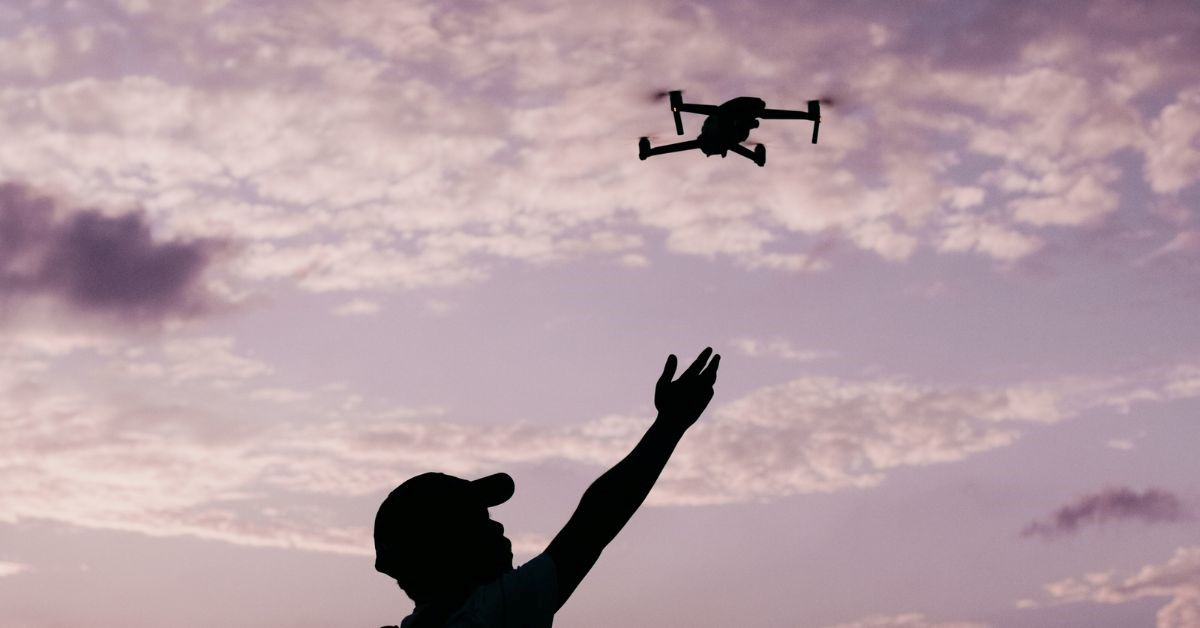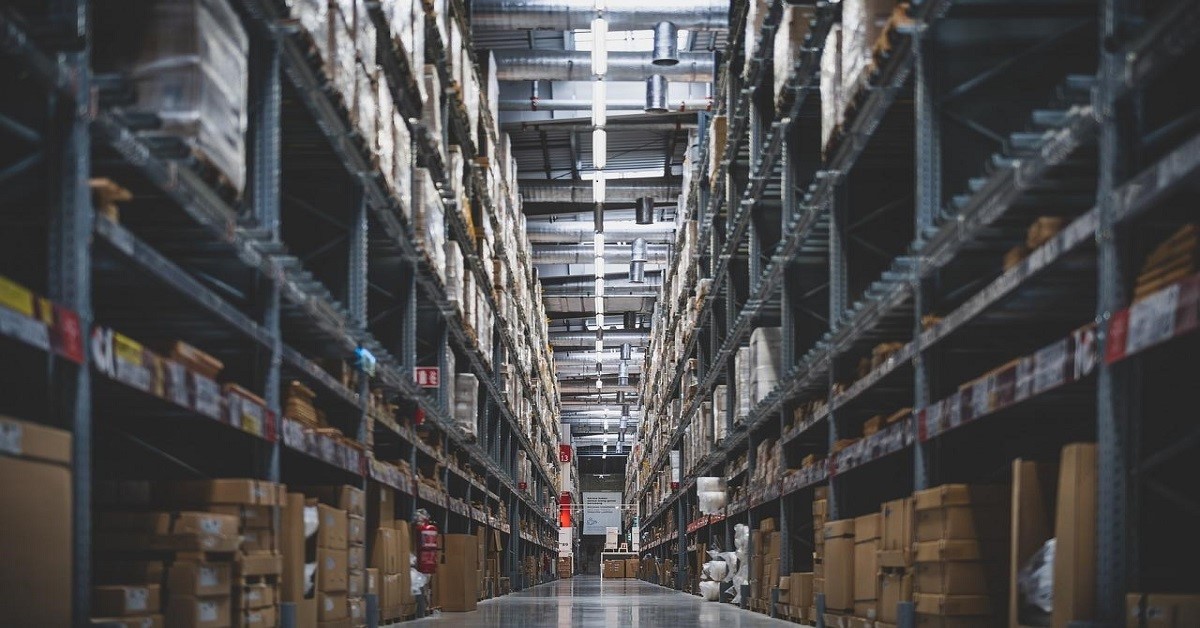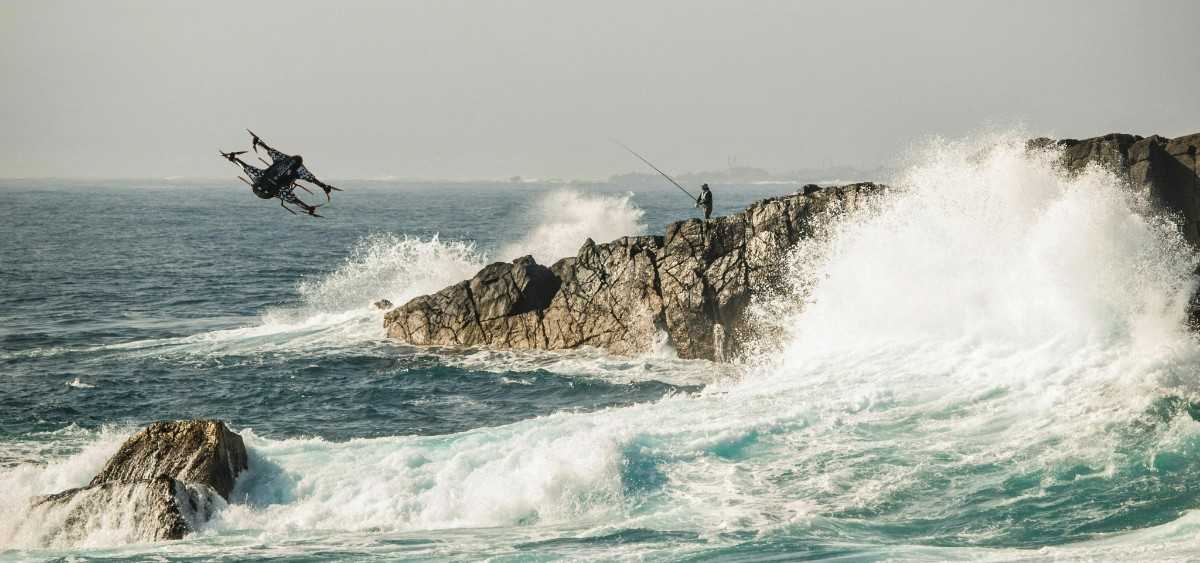The Role of Drones in Pipeline Inspection 2025

Recently, drone technology has changed how industries manage inspections and maintenance. The energy sector relies heavily on infrastructure such as pipelines and has embraced drones for visual inspections. Drone pipeline inspection is now one of the most efficient ways to monitor and maintain critical assets.
This article dives deep into why pipeline inspections are vital, how drones are used in this process, the best drones for pipeline inspections, and the unique advantages they bring to the table. Best drones for pipeline inspections
Why Are Pipeline Inspections Important?
Pipelines play a key role in transporting oil, gas, and other energy resources. However, these assets require regular maintenance to ensure safety, efficiency, and compliance with regulations. A single fault in a pipeline can lead to leaks, explosions, or environmental damage, resulting in heavy financial and reputational losses. Traditional inspection methods, like manual patrols or helicopter surveillance, can be slow, expensive, and risky. This is where pipeline inspection drones come into play. Equipped with advanced cameras and sensors, drones make the inspection process faster, safer, and more reliable.
What Is Drone Pipeline Inspection?
Drone pipeline inspection is the process of using unmanned aerial vehicles (UAVs) to monitor and assess the condition of pipelines. Drones have high-resolution cameras, thermal sensors, and GPS systems to collect detailed visual and thermal data. This information helps identify problems such as leaks, corrosion, or physical damage. Instead of sending workers into dangerous areas, drones can safely inspect pipelines from the air. They can fly over long distances, providing a complete overview of the pipeline’s condition in a fraction of the time it would take using traditional methods.
How Do Pipeline Inspection Drones Work?
Pipeline inspection drones operate using advanced technologies like:
- Aerial Photography: Drones take high-resolution images and videos of pipelines, capturing every detail of their condition.
- Thermal Imaging: Drones equipped with thermal sensors can detect heat variations, which often indicate leaks or weaknesses in the pipeline.
- GPS Mapping: Drones create accurate maps of pipeline routes, making it easier to pinpoint problem areas.
- Automation: Some drones can be programmed to follow specific routes and perform inspections autonomously, saving time and effort.
Benefits of Using Drones for Pipeline Inspections
Pipeline inspection drones provide numerous advantages over traditional methods:
Faster Inspections
Drones can cover vast distances quickly, often flying at speeds of up to 100 km/h. This allows inspectors to complete surveys in hours instead of days. Drones can also be programmed to follow specific routes, ensuring thorough coverage.
Improved Safety
Inspecting pipelines manually often involves climbing tall structures or entering confined spaces, which can be dangerous. Drones eliminate these risks by allowing workers to inspect pipelines remotely.
Cost-Effectiveness
Drones reduce the need for expensive equipment like helicopters or scaffolding. They also minimize downtime by providing quicker results, saving companies both time and money.
Precise Data Collection
Equipped with high-resolution cameras and thermal sensors, drones can detect even the smallest issues. For example, they can spot leaks, cracks, or signs of corrosion that might be missed during manual inspections.
Emergency Response
In a pipeline failure or natural disaster, drones can quickly assess the situation and provide real-time updates. This helps emergency teams respond more effectively and reduce potential damage.
Real-World Uses of Drones for Pipeline Inspection
Leak Detection
One of the most critical tasks in pipeline maintenance is identifying leaks. Drones with thermal imaging sensors can detect temperature changes caused by escaping gases or liquids, pinpointing leaks quickly and accurately.
Monitoring Long Pipelines
Some pipelines stretch for hundreds of kilometers, making manual inspections impractical. Long-range drones can fly over these pipelines, capturing data over vast areas in a single flight.
Inspecting Hard-to-Reach Areas
Pipelines often run through remote or challenging terrains, such as mountains, forests, or deserts. Drones can easily navigate these areas, ensuring no part of the pipeline is left unchecked.
Mapping and Planning
Drones create detailed maps of pipeline routes, which can be used for planning repairs, expansions, or new installations. This data is also valuable for regulatory compliance.
Future of Drone Pipeline Inspections
The use of pipeline inspection drones is expected to grow as technology advances. Features like AI-powered image analysis, extended battery life, and improved sensors will make drones even more efficient and reliable. For example, drones with AI software can analyze inspection data automatically, identifying potential issues without human intervention. This reduces the chance of errors and speeds up the decision-making process.
Conclusion
Drones have revolutionized how the energy industry conducts inspections and maintenance. Drone pipeline inspection is now the gold standard for ensuring pipeline safety and efficiency. With the best drones for pipeline inspections, companies can save time, reduce costs, and improve worker safety. These UAVs provide precise data, making it easier to detect leaks, monitor long pipelines, and respond to emergencies. As technology continues to evolve, drones will play an even bigger role in pipeline inspections, helping the energy industry operate more sustainably and safely. If you’re looking for a reliable solution for pipeline maintenance, pipeline inspection drones are the way forward.
Contact Us
Thank you for your message. It has been sent.
Latest Posts
Social Profiles















